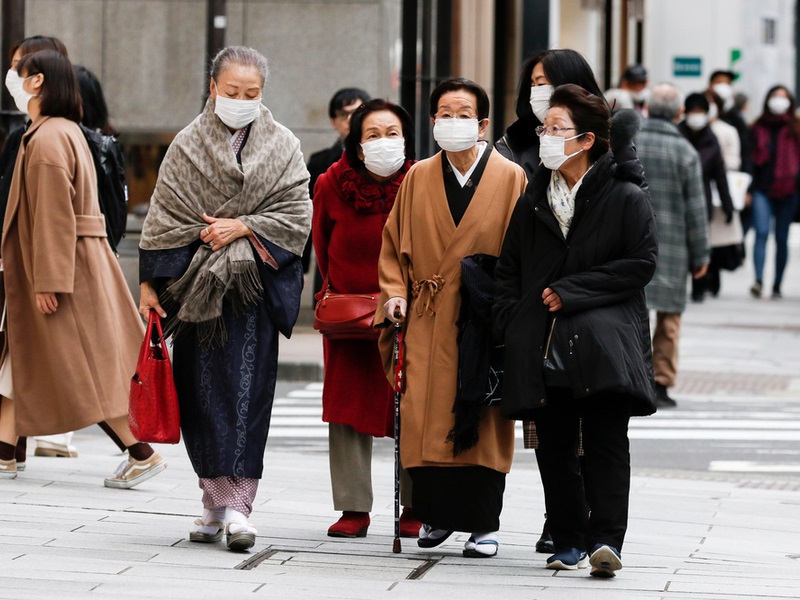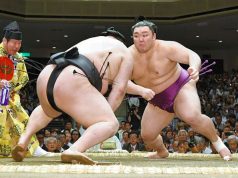TOKYO, March 7 – The Japan Meteorological Agency (JMA) on Thursday adopted a new tsunami warning system, which primarily focuses on appropriate evacuation advisories rather than details of the incoming waves, China’s Xinhua news agency said quoting local media report.
Under the new warning system, the JMA will mark an expected tsunami only with “HUGE” or “HIGH” in the first round of warnings within three minutes after a preliminary 8-magnitude or larger earthquake occurs so as to alert people to the state of the emergency.
“HUGE” refers to tsunami with heights of more than three metres and
“HIGH” to those above one metre, according to the JMA.
 The agency suggests that people should “evacuate from coastal or river area immediately to safer places such as high ground and tsunami evacuation buildings” after the huge or high tsunami warnings are issued. If the tsunami advisories marking the waves over 20 cm are issued, people should “get out of water and leave coastal areas immediately,” said the agency, also suggesting people do not engage in fishing and swimming until advisories are lifted.
The agency suggests that people should “evacuate from coastal or river area immediately to safer places such as high ground and tsunami evacuation buildings” after the huge or high tsunami warnings are issued. If the tsunami advisories marking the waves over 20 cm are issued, people should “get out of water and leave coastal areas immediately,” said the agency, also suggesting people do not engage in fishing and swimming until advisories are lifted.
Local media also reported that the agency would use expressions as “great East Japan earthquake level tsunami may come” to warn the public. In the second round of warnings within 15 minutes after a quake, the JMA will classify the height of the expected tsunami as more than 10 metres, 10 metres, five metres, three metres and one metre.
The agency said the warnings and advisories were based on the upper limits of each level for expected tsunami heights so as to avoid underestimation. A 9.0-magnitude earthquake hit Japan on March 11, 2011 and triggered devastating tsunami off the country’s northeast coast, leaving more than 15,000 people dead.
It is believed that many of the victims underestimated the disastrous tsunami and lost opportunities to evacuate.
BERNAMA










